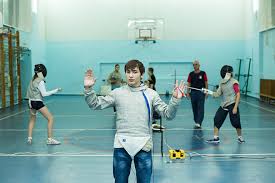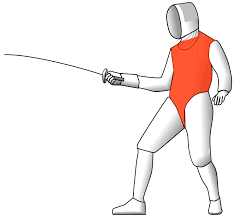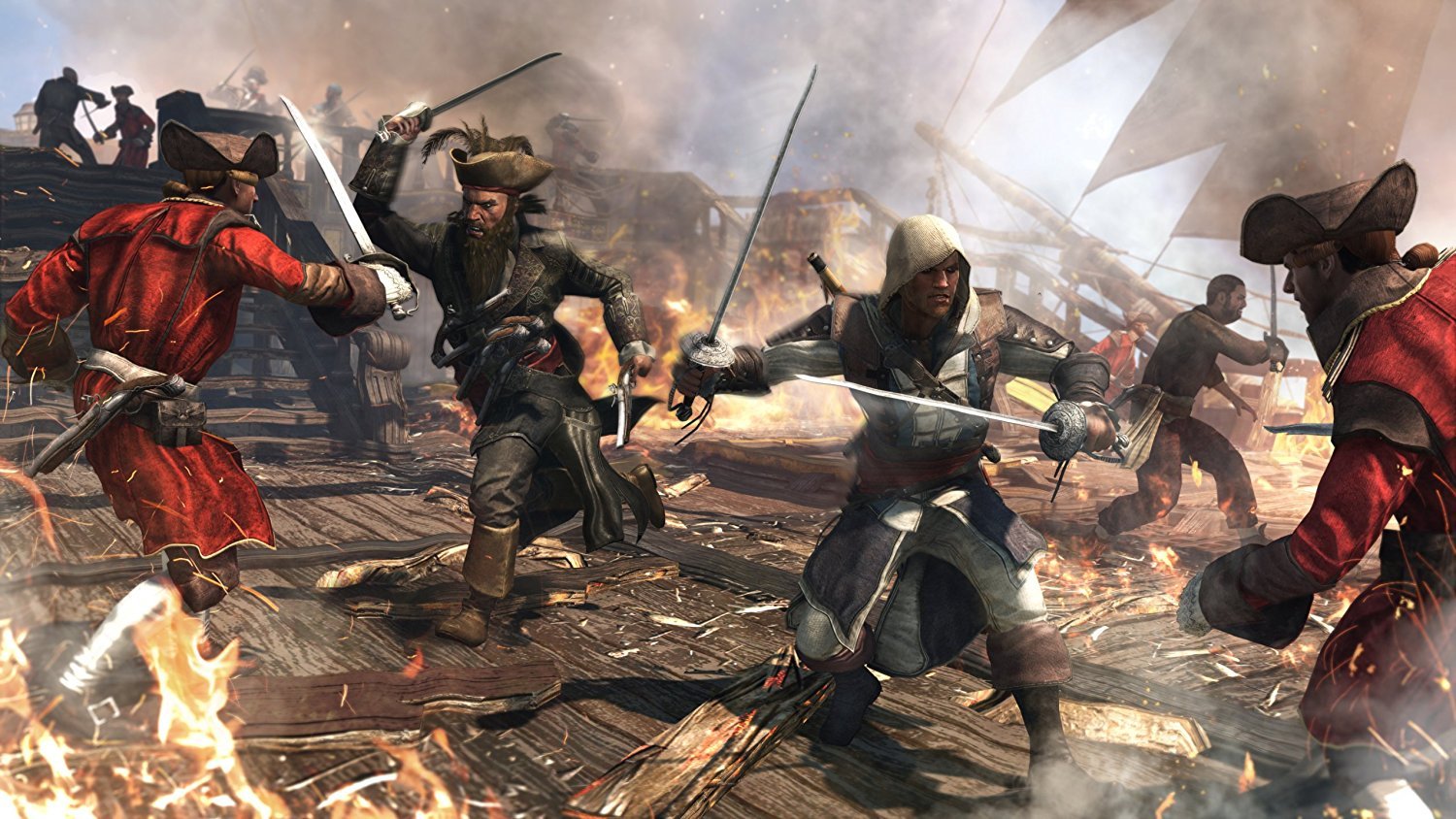fencing with
FENCING. DESCRIPTION, RULES, HISTORY
 Fencing is a sport that combines three disciplines: rapier, sword, saber.
Fencing is a sport that combines three disciplines: rapier, sword, saber.
Competitions in men are held in three types of weapons – rapier, saber, sword, in women – rapier and sword. Touching the opponent’s surface with a weapon is determined by the judge and with the help of an electrofixer.
Sports rapier with a total length of up to 110 cm and weighing up to 500 g, the hand is protected by a round guard with a diameter of 12 cm.
A sports saber up to 105 cm long, weighing up to 500 g, a steel elastic blade of a trapezoidal variable section with a guard protecting the hand. Continue reading
HISTORY OF FENCING IN THE MIDDLE CENTURIES
 In the Middle Ages, the possession of knives was the privilege of chivalry. In the wars of that time, the battle was decided by a clash of cavalry. Sometimes the battle was replaced by martial arts of two representatives of hostile armies. Tacitus3 in the work “Germany” describes the struggle of two opponents, the outcome of which decided the victory of the armies.
In the Middle Ages, the possession of knives was the privilege of chivalry. In the wars of that time, the battle was decided by a clash of cavalry. Sometimes the battle was replaced by martial arts of two representatives of hostile armies. Tacitus3 in the work “Germany” describes the struggle of two opponents, the outcome of which decided the victory of the armies.
The religious savagery of the Middle Ages gave rise to another form of martial art – the “court of God.” It was a duel, which took place by order of the court, if one of the litigants disputed the justice of the verdict. The winner of the “court of God” was recognized as the winner of the court case. Continue reading
HYGIENIC REQUIREMENTS FOR PLACES IN THE FENCING
 Indoor facilities for fencing should primarily have sufficient floor space, cubic capacity, good ventilation and lighting. When calculating the cubic capacity, it is necessary to take into account that the pulmonary ventilation of fighters during an individual lesson and free-style fighting increases to 14.5 – 23.0 liters per minute, and the recovery period lasts for trained fencers for about 10 minutes. In Jovičkop, pulmonary ventilation remains elevated for longer. Oxygen absorption, depending on the intensity of the lesson, increases to 480.0–856.0 cm³ in 1 min. Therefore, the cubic capacity of the room per student should be considered not less than 30 m³. Ventilation devices must provide a 3-fold change in air flow, i.e. 80 – 90 m³ of air per person per hour. Continue reading
Indoor facilities for fencing should primarily have sufficient floor space, cubic capacity, good ventilation and lighting. When calculating the cubic capacity, it is necessary to take into account that the pulmonary ventilation of fighters during an individual lesson and free-style fighting increases to 14.5 – 23.0 liters per minute, and the recovery period lasts for trained fencers for about 10 minutes. In Jovičkop, pulmonary ventilation remains elevated for longer. Oxygen absorption, depending on the intensity of the lesson, increases to 480.0–856.0 cm³ in 1 min. Therefore, the cubic capacity of the room per student should be considered not less than 30 m³. Ventilation devices must provide a 3-fold change in air flow, i.e. 80 – 90 m³ of air per person per hour. Continue reading




